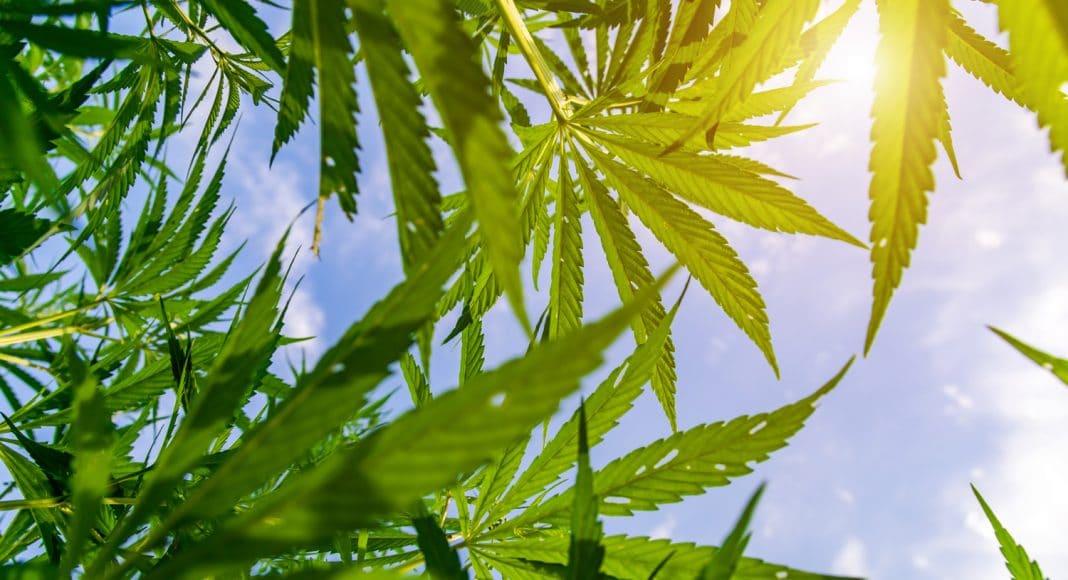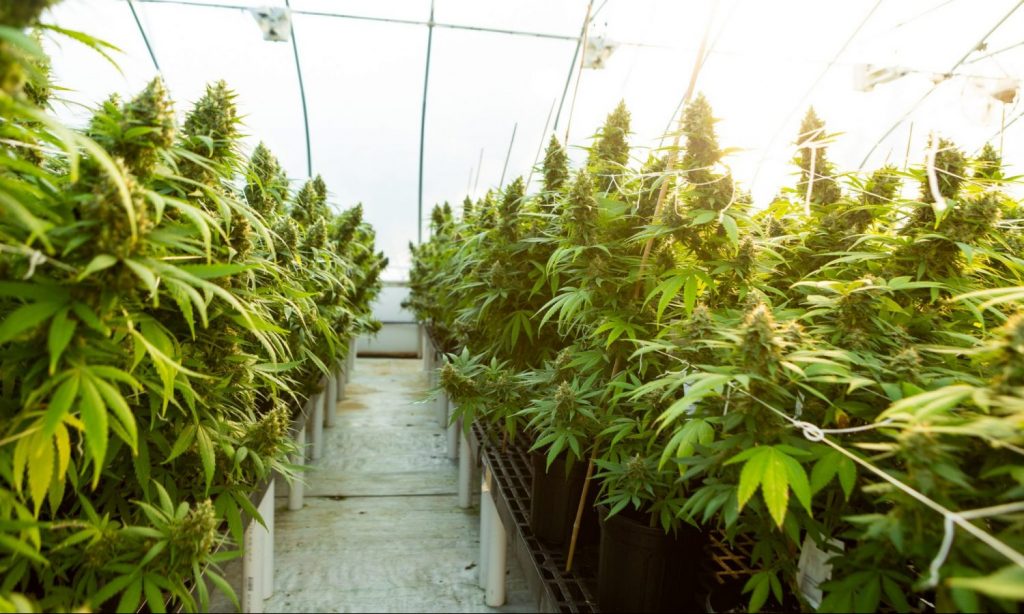UK Researcher Says Hemp Captures More CO2 Than Forests
According to Cambridge University researcher Darshil Shah, hemp can be twice as effective as trees at sequestering atmospheric carbon. Here’s how.
By Natan Ponieman
Hemp Blockchain, Inc, a Utah-based agricultural tech company, has come up with a novel solution to measure and record information on carbon emissions and atmospheric carbon sequestration for hemp farms: blockchain.
The product, part of what the company is calling a “Carbon Protocol Initiative” may set a new standard for establishing the net carbon footprint of hemp companies, one of the company’s goals.

The solution will take data from critical points throughout the cultivation process, registering both CO2 sequestration and emissions into a blockchain record.
The system will then grant cultivators carbon credits that will be translated into tokens. “Carbon offset credits that can be used by corporations to balance their carbon emissions CO2 in order to meet their CSR and ESG commitments,” according to a company press release.
“The Hemp Blockchain is building a critical piece of the digital infrastructure that will enable efficient and trusted transactions across the entire industry,” said Hemp Blockchain’s CEO and president Dan Higbee.
Hemp Leads Co2 Sustainability: According to Cambridge University researcher Darshil Shah, hemp can be twice as effective as trees at sequestering atmospheric carbon.
Industrial hemp absorbs between 8 to 15 tons of CO2 per hectare of cultivation, while forests typically capture 2 to 6 tons of CO2 per hectare per year, depending on climate, region and growth stage, Shah told Dezeen.
Shah, a member of the Centre for Natural Material Innovation, part of Cambridge University’s Department of Architecture, conducts research into biomaterials and focuses on building techniques that can help bring the carbon footprint for the building industry to zero.
Shah highlighted the role of hemp as a source of sustainable building materials for the future, noting that the crop can produce more usable fibers per hectare than forestry. Hemp fibers can be turned into bioplastics and engineered woods that can replace building materials such as fiberglass and aluminum.